
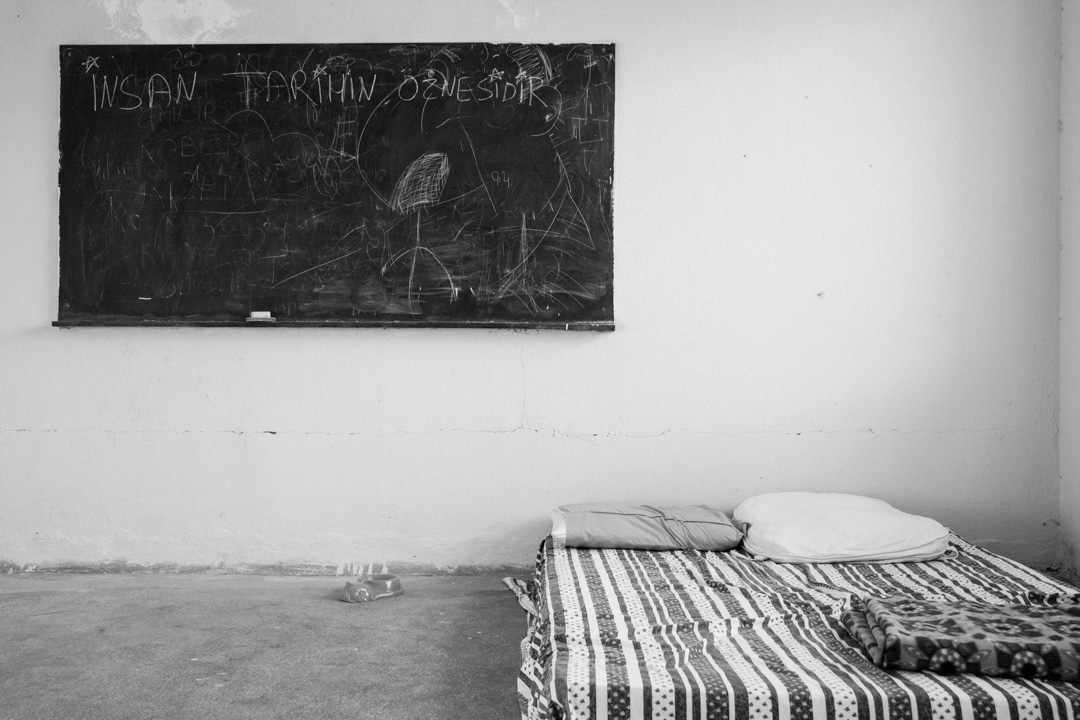
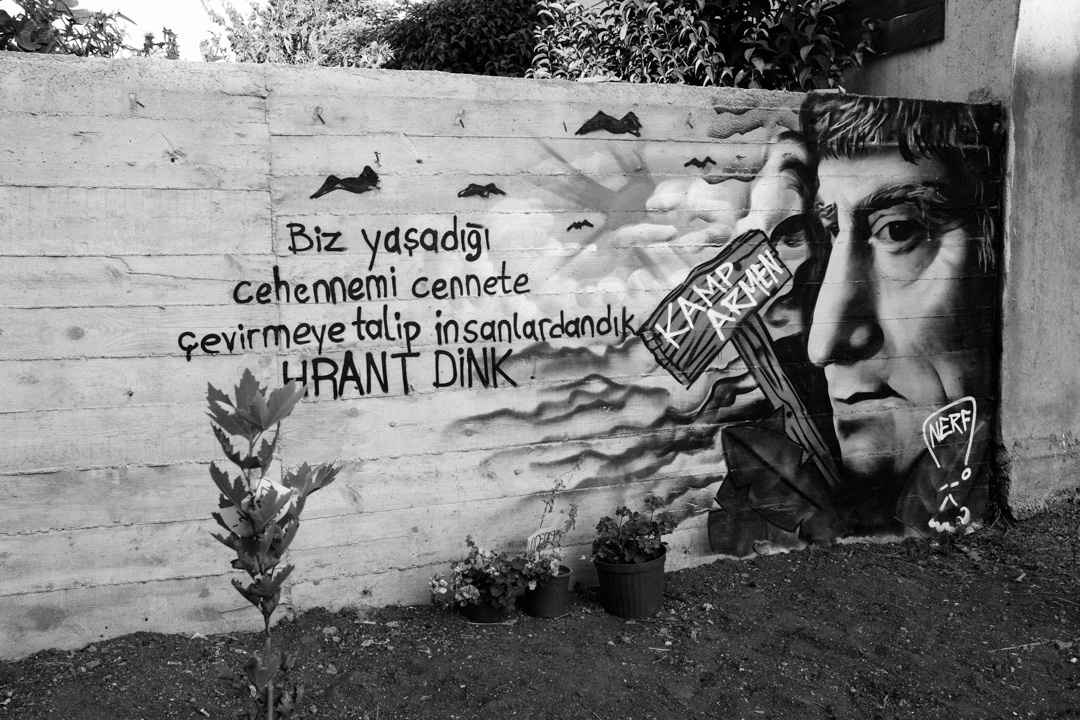
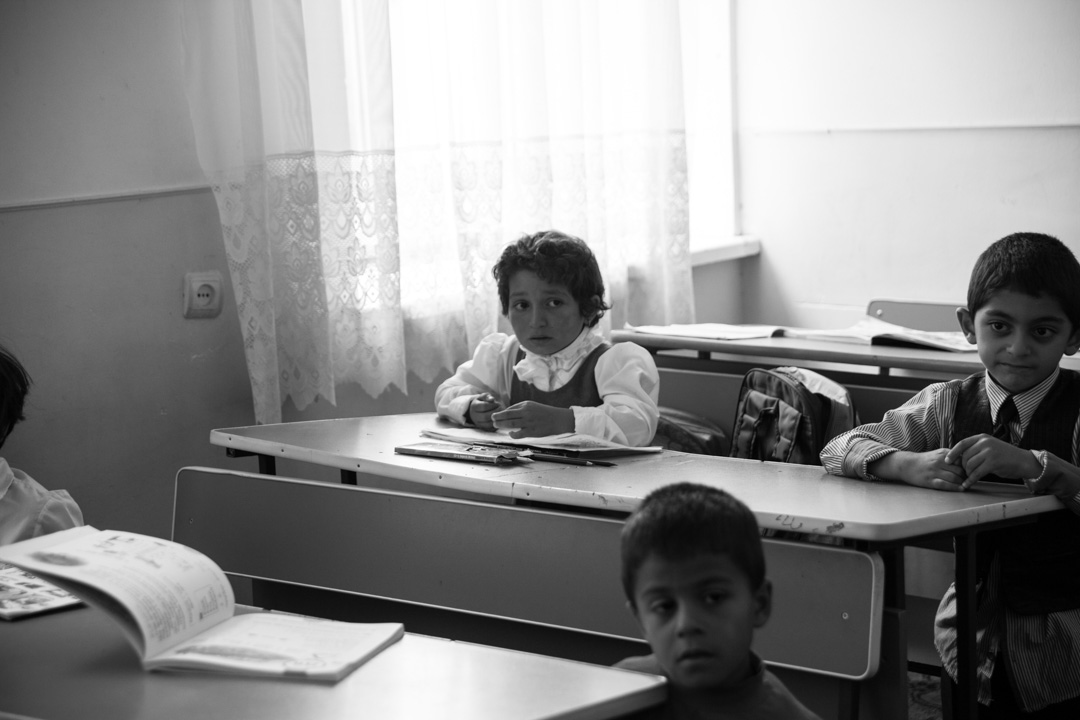
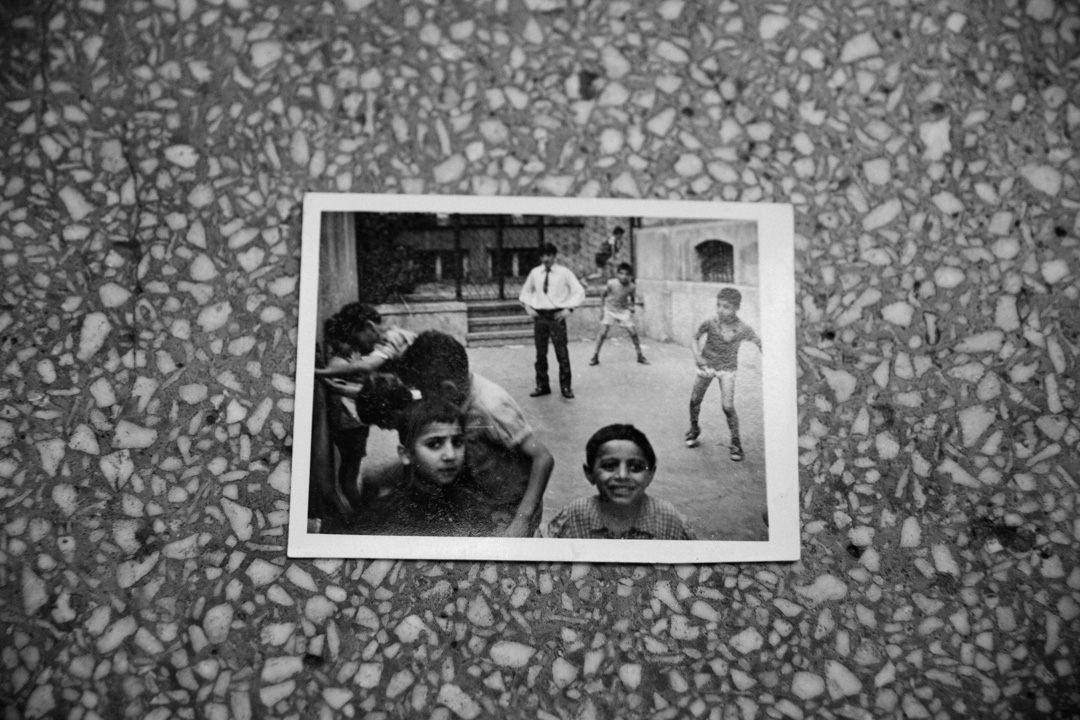
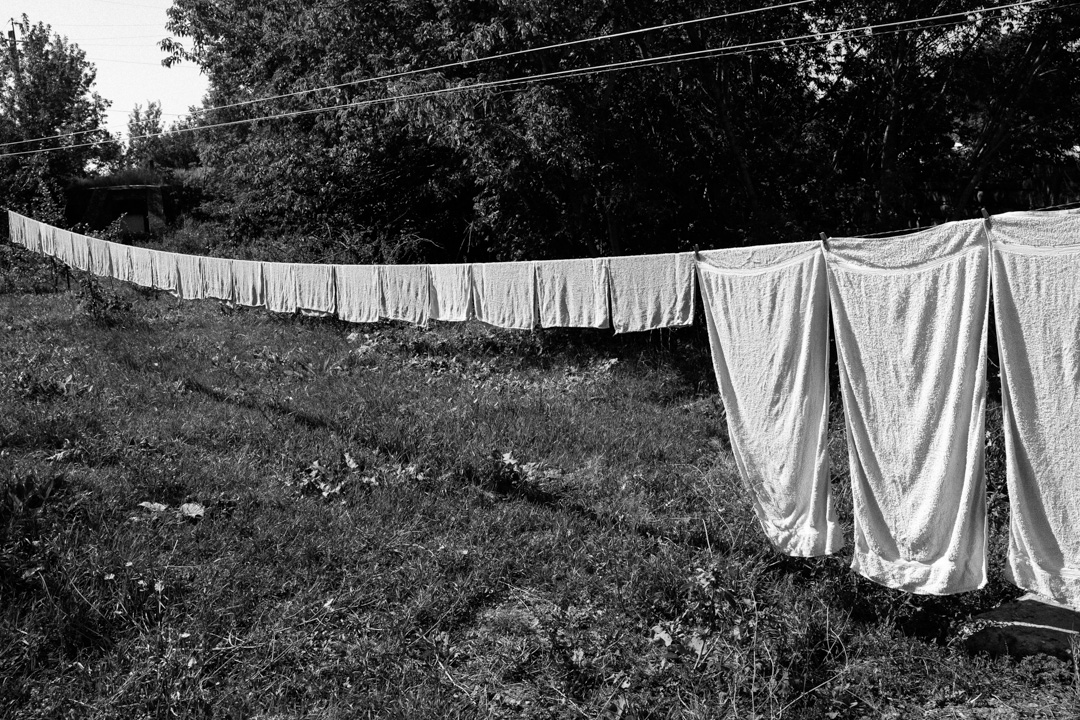


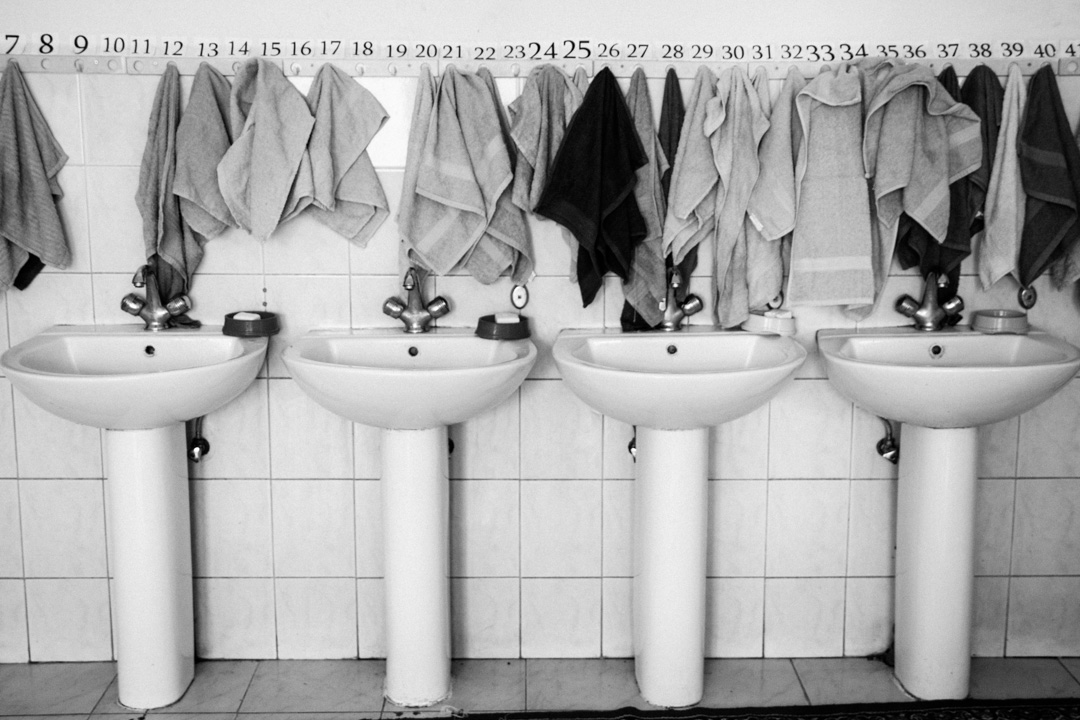
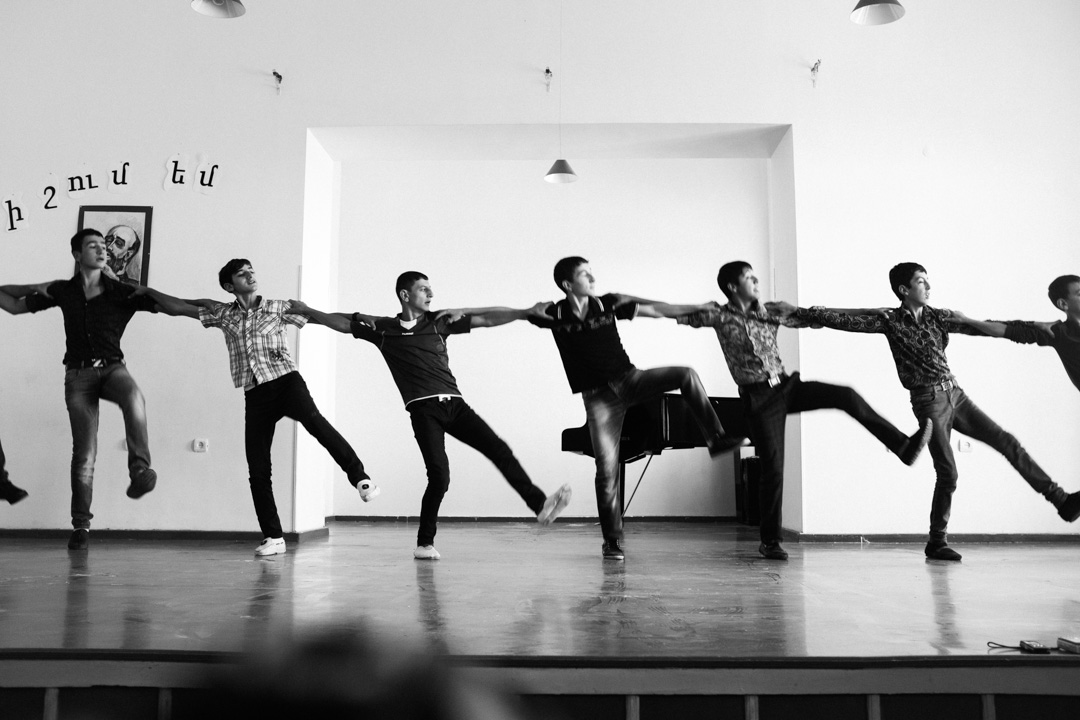
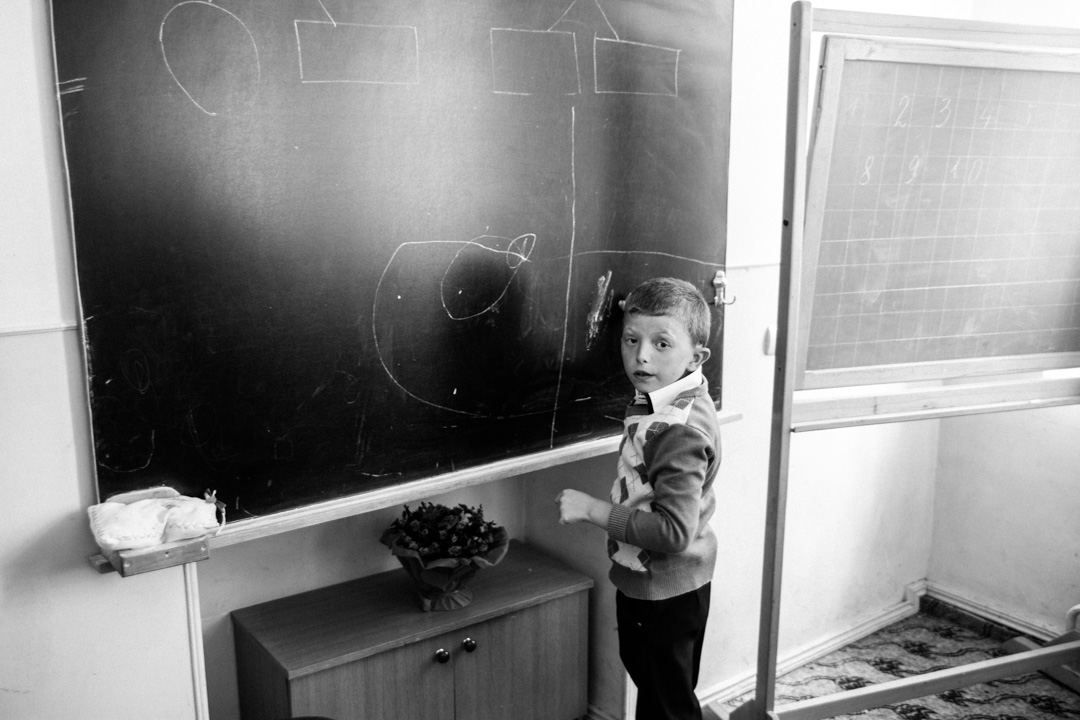

“We Are Not Dead Yet” reveals the intertwined fate of two institutions for Armenian children, one in İstanbul and other in Gyumri, exactly one hundred years after the Genocide. Terchoonian orphanage in Gyumri was one of the places where Armenian children orphaned during the Genocide were gathered together. Later, it became a military barracks and after a long and arduous period of work, the orphanage was saved from destruction with the efforts of a committee including Hrant Dink, and has been serving again as an orphanage since 2003. Kamp Armen, however, was built in 1961 as a camp for children - by children who worked in its construction yet it was confiscated by the government and given to its previous owner in 1983: until its takeover, Hrant Dink was also a part of the camp; first as a child, then as an instructor. In 2015, it was about to be destroyed when activists intervened and stopped it. In “Not Dead Yet,” two different narratives of similar institutions talked to each other. Although countries, policies and minority/majority statuses are completely different together with what the institutions went through, the presence of children or lack thereof come together to tell the untold story of an identity and the struggle for children to preserve that identity (after genocide).